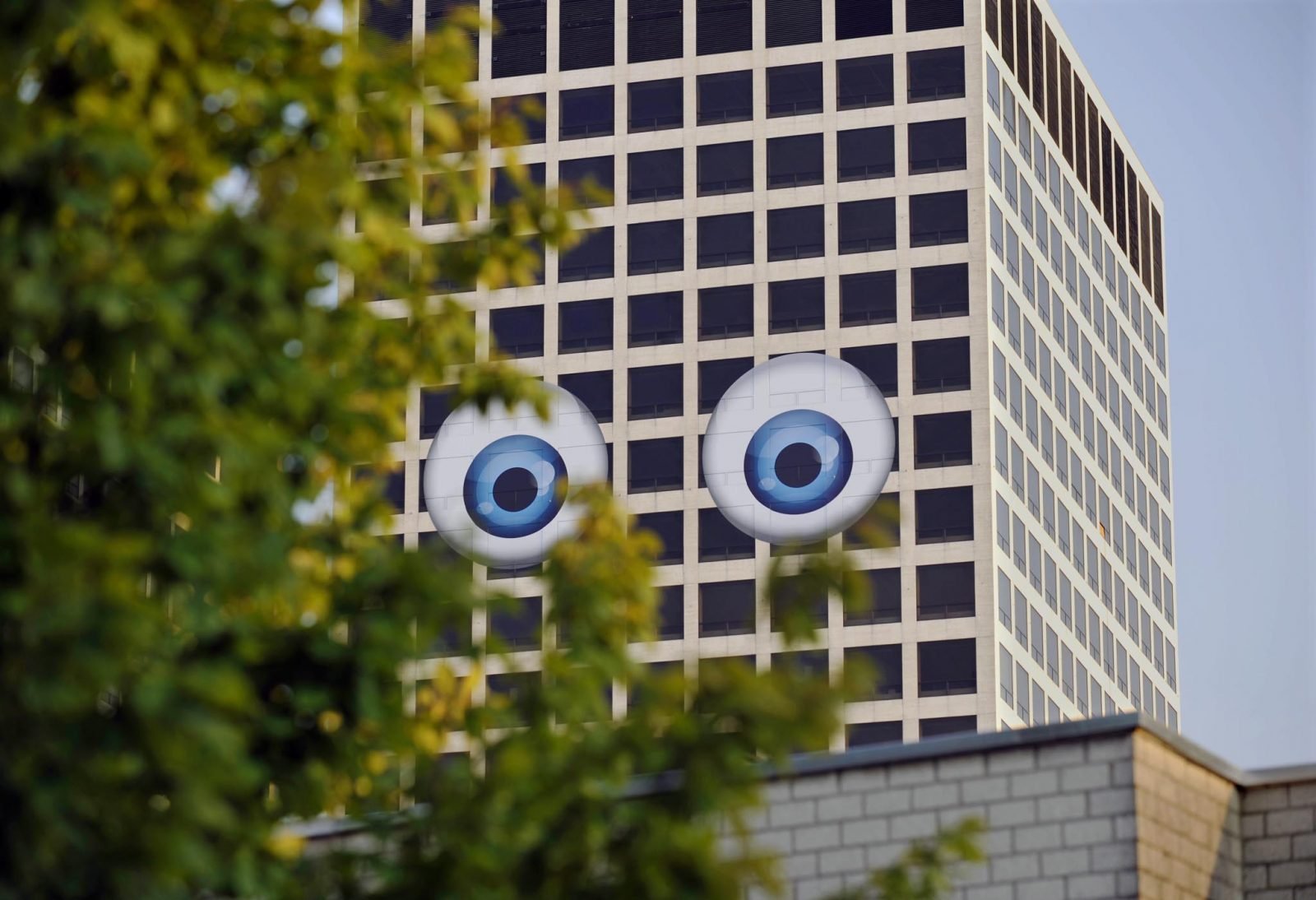Back To Nature 3D Printing
These days all the rage is about 3D printing. Many say that it will change life as we know it — once it is technically mature. For now though, let’s be honest, 3D printing still remains simply a fun gadget to experiment with. So, while we are still in the developing phase it surely does not hurt to have a look at Mother Nature who has for ages already come up with her very own and unique ways of 3D printing. Who knows, maybe we can learn something as so often has been the case.
A few months ago an astonishing project was realized with the help of 80,000 bees. For the launch of Dewar’s Highlander Honey Whiskey The Ebeling Group, notorious to make impossible things possible, was asked to create a sculpture of a Highland Honey Whiskey bottle and a bust of Dewar’s drinking man, both entirely made of nothing but honeycomb. The 3B Printing Project took over six weeks but the result is as sweet as it can possibly get.

Another form of bio-digital fabrication was conducted by the MIT Media Lab in collaboration with Harvard and Tufts University. As it is widely known silk is strong, lightweight, soft and even looks good – thus potentially perfect material for future cities. So, to have a closer look into digital and biological fabrication the Silk Pavilion project, led by Neri Oxman, arranged an army of 6,500 silk worms to build a massive silk dome, its size measuring 3.65 metre in diameter. Tiny magnets on the silkworm’s heads enabled the researchers to motion-track all of their movements while they built their cocoons to collect valuable information that can be fed into a 3D printer for the creation of large-scale structures.


As a gimmick for a friend’s birthday cake two recent architecture graduate students from Los Angeles decided to try to 3D print a cake to compensate the non-existence of a proper oven to bake a cake in. A long trial and error period followed but eventually elaborate constructions made of sugar were coming out of the 3D printing press. The Sugar Lab was born. Kyle and Liz von Hasseln now produce high-end edible objects and have taken the first step toward 3D printing foods that does not only taste good but will wow us with its looks.





